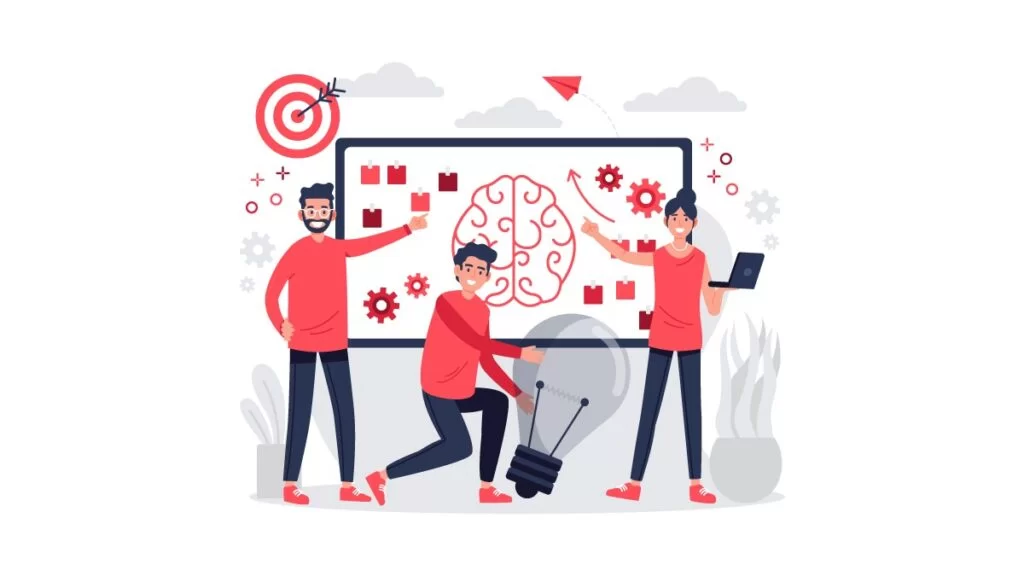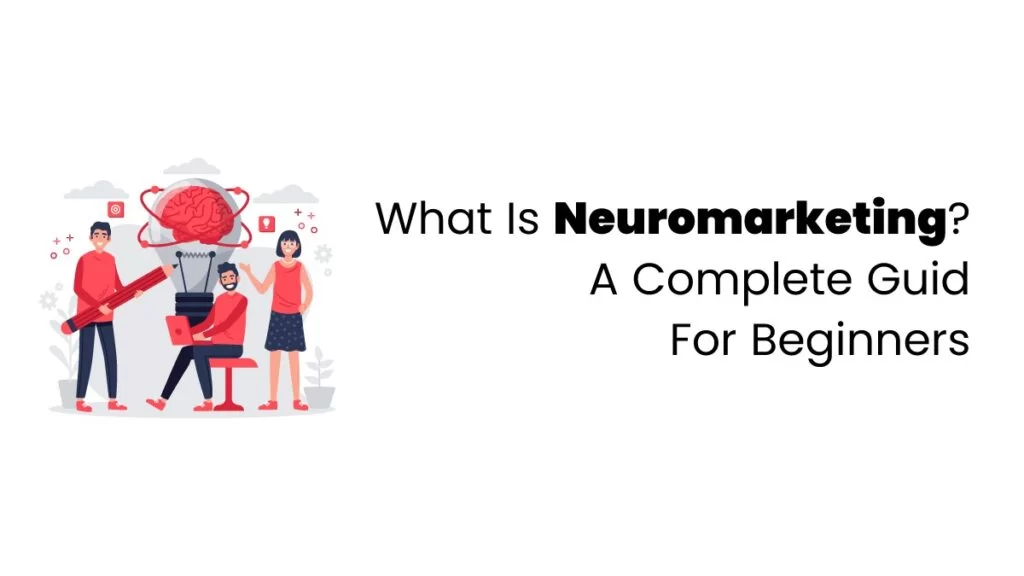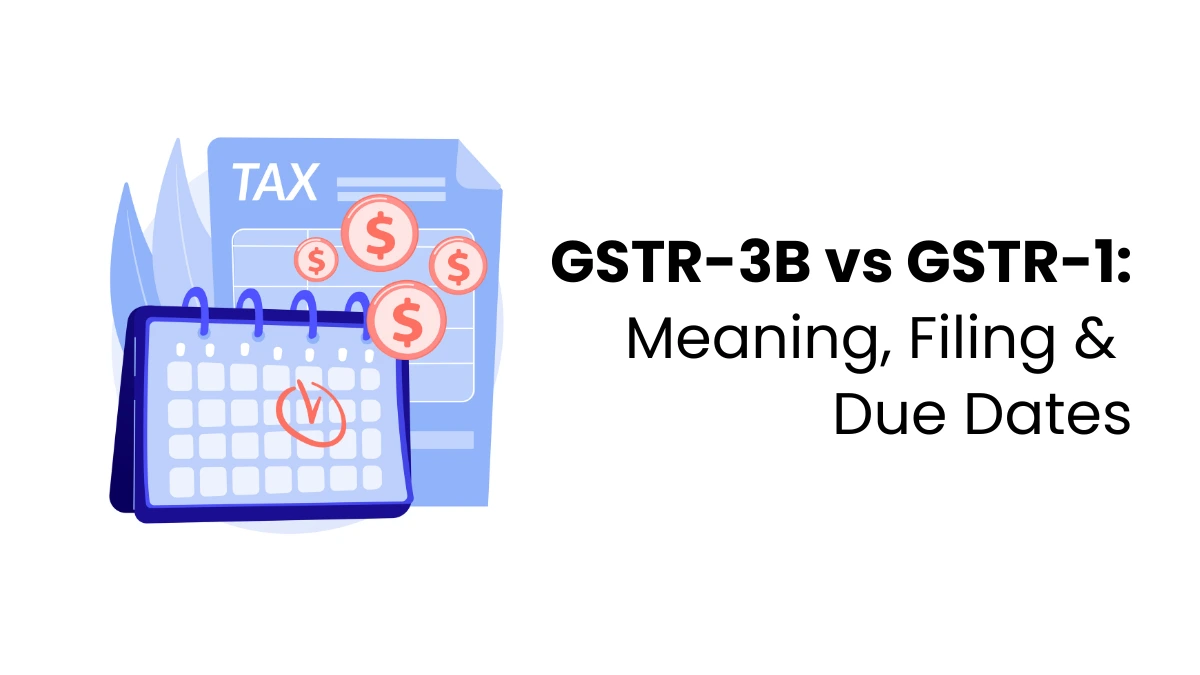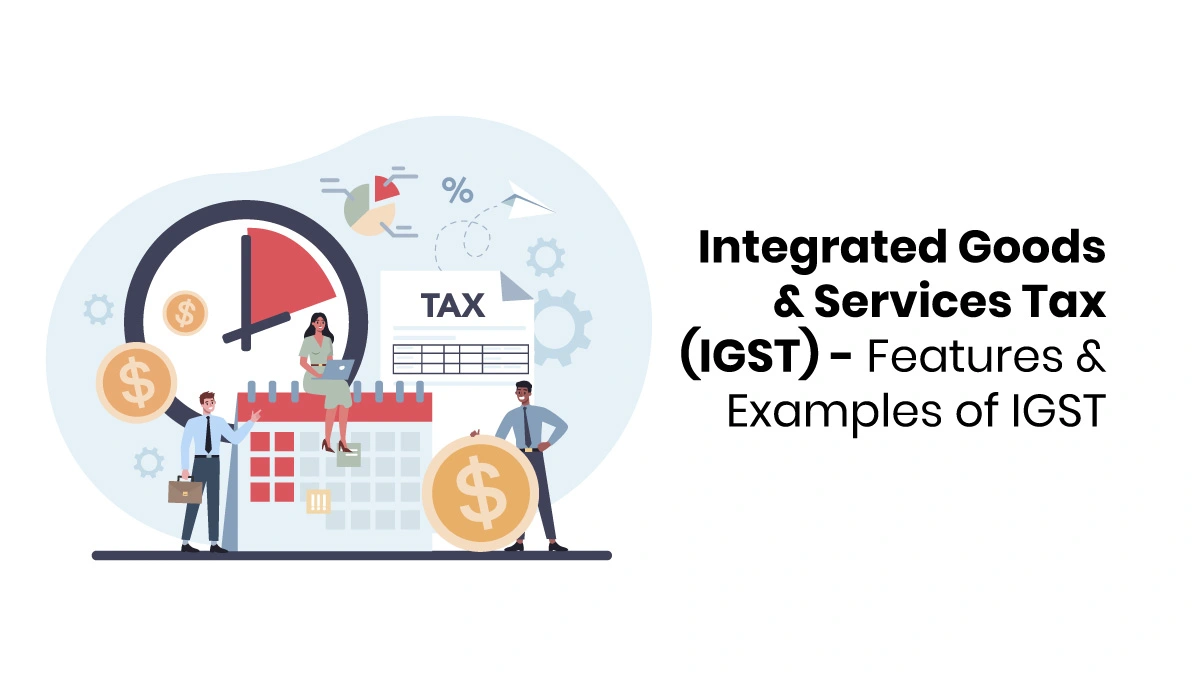Marketers today can easily track clicks, views, shares, and even sales returns. But what is neuromarketing? It’s a field, often called consumer neuroscience, that blends brain science with marketing to uncover what truly motivates consumers when making choices
Neuromarketing goes beyond simply asking people their opinion in surveys or focus groups; it involves brain scans and activity tracking to understand how people’s brains react to commercials, products or packaging in terms of commercials, products or packaging – this method often gives insights that go much deeper than regular market research!
Neuromarketing can help brands understand and change behavior – from testing how effective ads work to providing customers with better experiences. In this blog, neuromarketing is explored extensively; including its main theories, strategies and real world examples from which you can learn.
Understanding Neuromarketing
Neuromarketing is the study of how our brains react to marketing communications. If you are wondering what is neuromarketing, it goes beyond simply asking consumers their opinion. Neuromarketing uses brain scans and response tracking technology to learn what gets people’s attention, makes an emotional connection, or aids decision-making processes.
This method gets deeper than regular polls since it shows how individuals react on a subconscious level, which they might not even be aware of. It is already being used by brands all around the world to test commercials, packaging, prices, and designs, which helps them connect with customers better.
Neuromarketing is a great tool, but it has its limits. It’s expensive, needs controlled setups, and doesn’t always accurately replicate real-life behavior. But its capacity to find hidden motivators makes it a game-changer in current marketing.
Core Ideas of Neuromarketing
Neuromarketing isn’t just a technical term; it’s the study of how the brain responds to advertising. If you are asking what is neuromarketing, it goes beyond just polls and focus groups to find out what people really think and feel, even if they don’t always say it out loud.
Four Brain-Based Marketing Triggers
1. Power of Limited Supply
When something feels rare or exclusive, people rush to grab it. This urgency, often called FOMO (fear of missing out), is why limited drops and flash sales sell out quickly.
2. Routine Creates Loyalty
The more often people repeat an action, the more natural it becomes. That’s why subscription models and reward loops work—they turn customer behaviour into long-term habits.
3. Marketing with Feelings
Decisions are often guided more by emotions than logic. Brands that connect emotionally—through storytelling, visuals, or music—can make a more substantial impact.
4. Influence of the Crowd
People trust what others already like or use. Reviews, testimonials, and visible popularity act as “social proof,” convincing new customers to follow the crowd.
Scientific Tools Behind Neuromarketing
Marketers use different technologies to understand brain reactions and improve strategies:
- Brain Scans (fMRI): Show which parts of the brain activate when people see an ad or product.
- Brainwaves (EEG): Capture attention levels and memory recall through electrical signals.
- Visual Tracking: Studies where eyes focus first on packaging, ads, or webpages.
- Pupil Response: Tracks how pupils dilate, signaling excitement or curiosity.
- Body Signals (Biometrics): Monitors heart rate, sweat, or breathing to gauge emotions.
- Face Analysis: Reads expressions like happiness, surprise, or confusion to measure reactions.

Why It Matters
Neuromarketing helps brands uncover what truly drives customer choices. By combining psychology with data, businesses can design ads that grab attention, build trust, and make deeper emotional connections.
6 Examples of Neuromarketing
Neuromarketing isn’t about reading minds. It’s about noticing how people’s brains respond to colors, sounds, prices, packaging, and design — and then using those insights in marketing. Here are six real-life neuromarketing examples explained simply.
1. How Colors Push Decisions
Colors create emotions and define our perception of brands. Red can incite urgency (used by Supreme to create hype around product drops), while blue builds trust (hence its use by PayPal or Facebook banks). Unfortunately, selecting an inappropriate hue – like pink for mens clothing line — could completely disconnect with its target market and ruin its marketing message.
2. Sounds That Stick in Your Brain
Audio can be just as compelling as visuals in branding efforts. Netflix has proven this with their iconic “ta-dum,” instantly recognisable around the globe, thanks to their audio branding technique – two notes instantly recognized worldwide by customers worldwide! Our brains process sound cues more emotionally than visual cues alone; therefore audio branding helps customers remember your brand faster.
3. Shopping With Senses
People don’t just purchase with their eyes: smell, touch and sound all play an influencer role when choosing products. A few neuromarketing examples include how Abercrombie & Fitch stores feature their signature fragrance to make customers’ shopping experiences truly special, while Lush uses vibrant colors, strong scents and soap textures to provide multisensory stimulation making their offerings feel all the more luxurious and special.
4. Prices That Feel “Right”
Brain research indicates that our minds react differently when presented with prices which have round or odd prices, such as Apple pricing an iPhone at $999 to create an image of luxury and exclusivity; Walmart or Primark often employ unusual pricing such as $4.99 because this causes our brains to think it is cheaper even though in actuality the product cost $5 more.
5. Fonts That Speak Without Words
Typography sets the tone before you even read the message. Chanel’s thin, elegant fonts scream luxury and class, while IKEA’s simple Verdana font feels approachable and practical, just like their products. Complex fonts can make people pause, but simple fonts make instructions or calls-to-action easier to follow.
6. Packaging That Sells More Than the Product
The look and usability of packaging changes how customers feel. Chips Ahoy once tested a resealable pack, but people reacted negatively because it was hard to use and boring to look at. After redesigning with clearer visuals and an easier seal, sales improved. Campbell’s Soup also refreshed its labels after discovering customers were skipping past important details.
Conclusion
Neuromarketing may sound complex, but at its core it simply involves studying how the human brain responds to marketing messages. By understanding emotions, habits and subconscious triggers of their customers’ brains they can craft campaigns which resonate more deeply with them – colors or sounds to packaging or pricing; even small changes can make an enormous difference to how people react – and an advanced digital marketing course can help you learn how to use these insights effectively.
\Beginners should understand this: neuromarketing isn’t manipulation – rather, its goal should be creating better experiences for consumers while helping brands communicate more efficiently. With enhanced tools and research capabilities, neuromarketing may soon become an indispensable element of modern marketing strategies – opening doors to businesses willing to listen not just what customers say about themselves but what their true feelings may be. If you’re interested in exploring these concepts in detail, a digital marketing course in Bangalore with Finprov can give you the right foundation to understand and apply them in real-world scenarios.”










